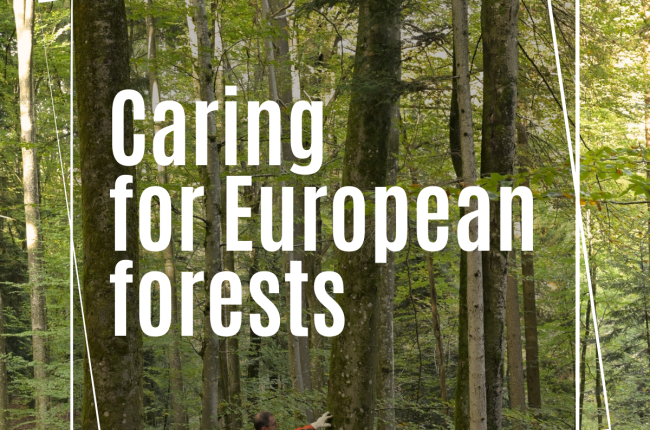The agreed restoration targets, their implementation, and their weak financing basis make the compromise appear unrealistic. In a time of changing climate, approaches to forest biodiversity and related impacts on forest management should not have been static but dynamic and flexible. As Europe's forests serve many purposes, the framework for nature restoration should be kept broad and this Regulation should be able to accommodate a range of operational goals with forest and forest management. Instead of seeking the recreation of landscapes that will not return, we should actively manage our ecosystems to prepare them to adapt to climate change.
Both the heterogeneity of European forests and the diversity of their forest owners and managers have been under-looked and discarded in the course of the discussions between co-legislators. While the original proposal had six compulsory indicators, a point of great concerns for European forest owners, the final text contains eight indicators, seven of which being mandatory. This reflects an ill-suited one-size-fits-all approach to forest biodiversity in the EU.
The addition of a reference to the risks of forest fires is not sufficient to address the challenges posed by all indicators foreseen in the wider context of European forest and forest management. The suitability and usefulness of these later for forest biodiversity enhancement is greatly variable depending on the forest, including their environmental and socio-economic context. Beyond forest fires, threat posed by natural disasters require a flexible approach focused on locally-suited forest resilience. This is even more important in a context of climate change. Furthermore, the forest-based sector contribution to relevant societal demands and the related trade-off in management choices are not addressed in the provisional agreement.
With regards to the restoration measures for habitat types listed in the Annex I of the Habitat Directive, European forest owners welcome the stepwise approach of addressing first the Natura 2000 sites. The priority to those areas is rightfully given as they already have been chosen with similar goals. However, we regret that this much needed prioritisation is limited to 2030 and hope that a future revision will correct this. Implementation of restoration measures and actions in these areas will be of direct importance and a longer prioritisation period will be a strong enabler. As for the non-deterioration requirement, even if fully satisfactory, the change of approach toward effort-based is positive. Indeed, non-deterioration results are uncertain and might be hampered by many external factors. Additionally, the flexibility given in case of absence of alternative is important step in the right direction, even if limited at the biogeographical level. Opportunities for flexibility in the implementation at national level are important. It will be crucial that these positives developments toward flexibility are thoroughly used by Member States.
While some important provisions have been improved, the result of the negotiators work is still disconcerting. Moving away from the positive developments of a pragmatic and feasible approach to nature restoration, addressed in parts of both Council and Parliament, the provisional agreement goes towards unfitting approach. European forest owners’ expected burden, investments (without proper financial support), and responsibility, combined with the single path approach makes the agreement improper to achieve the goal of sustainably restoring EU forest biodiversity.




